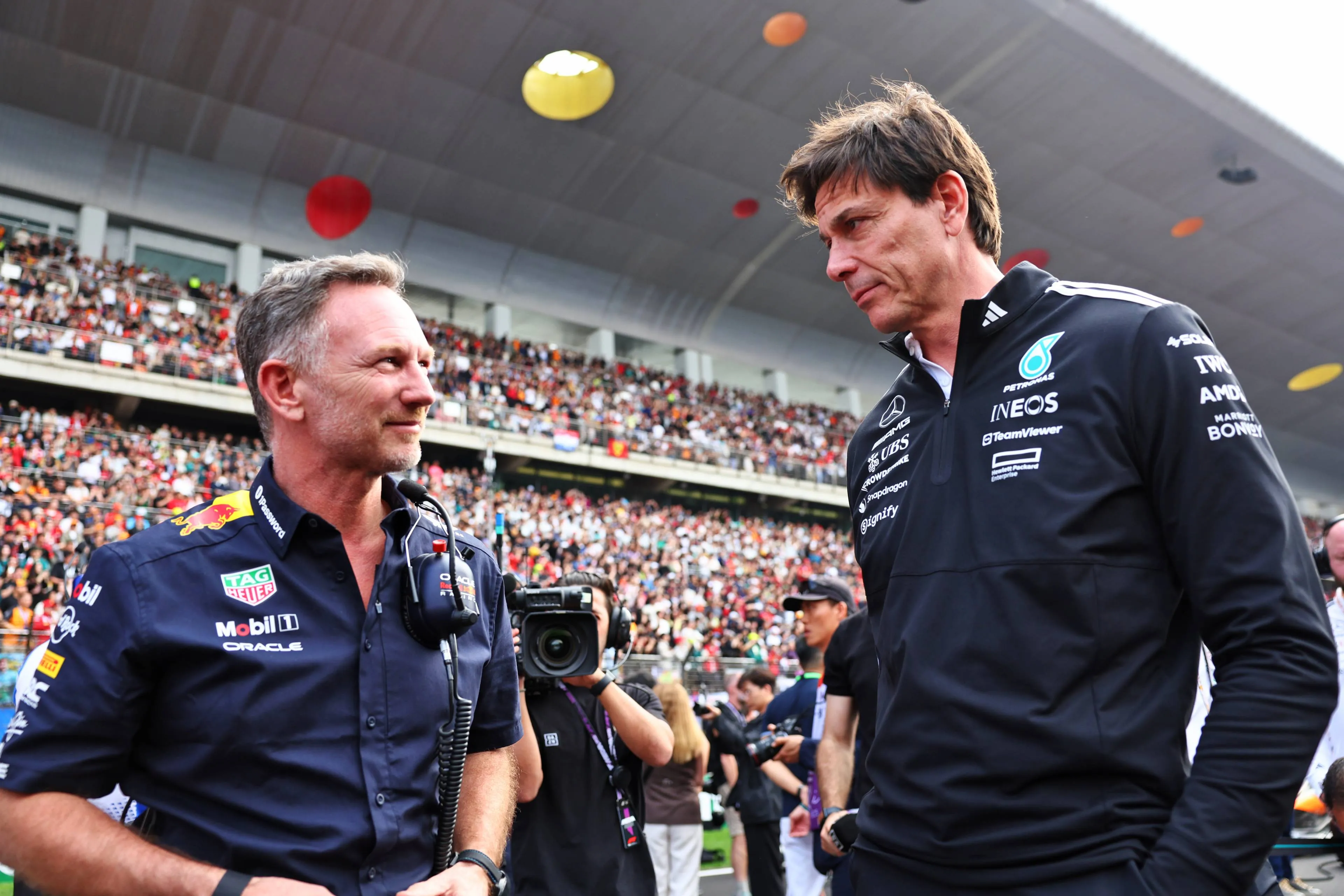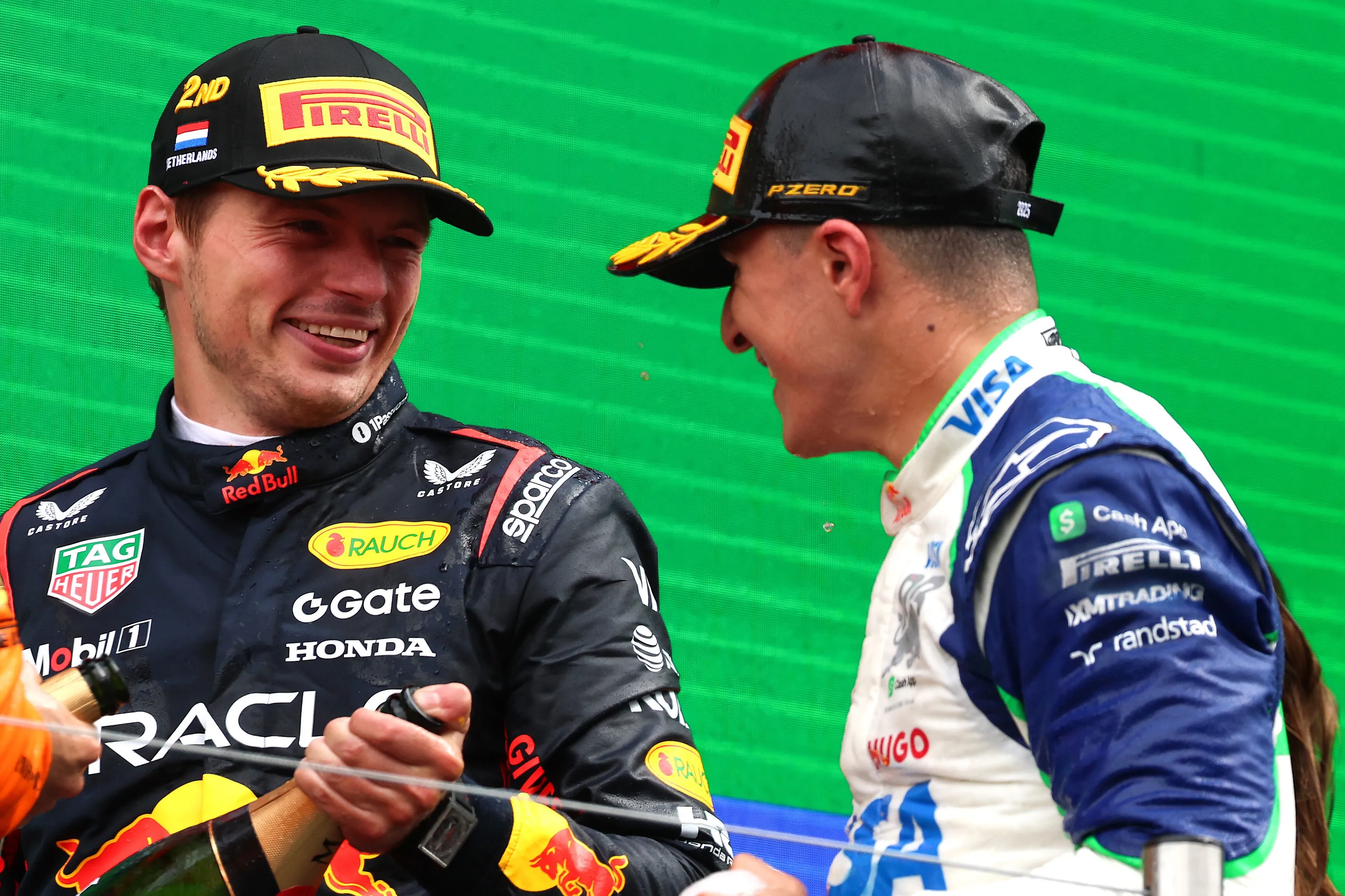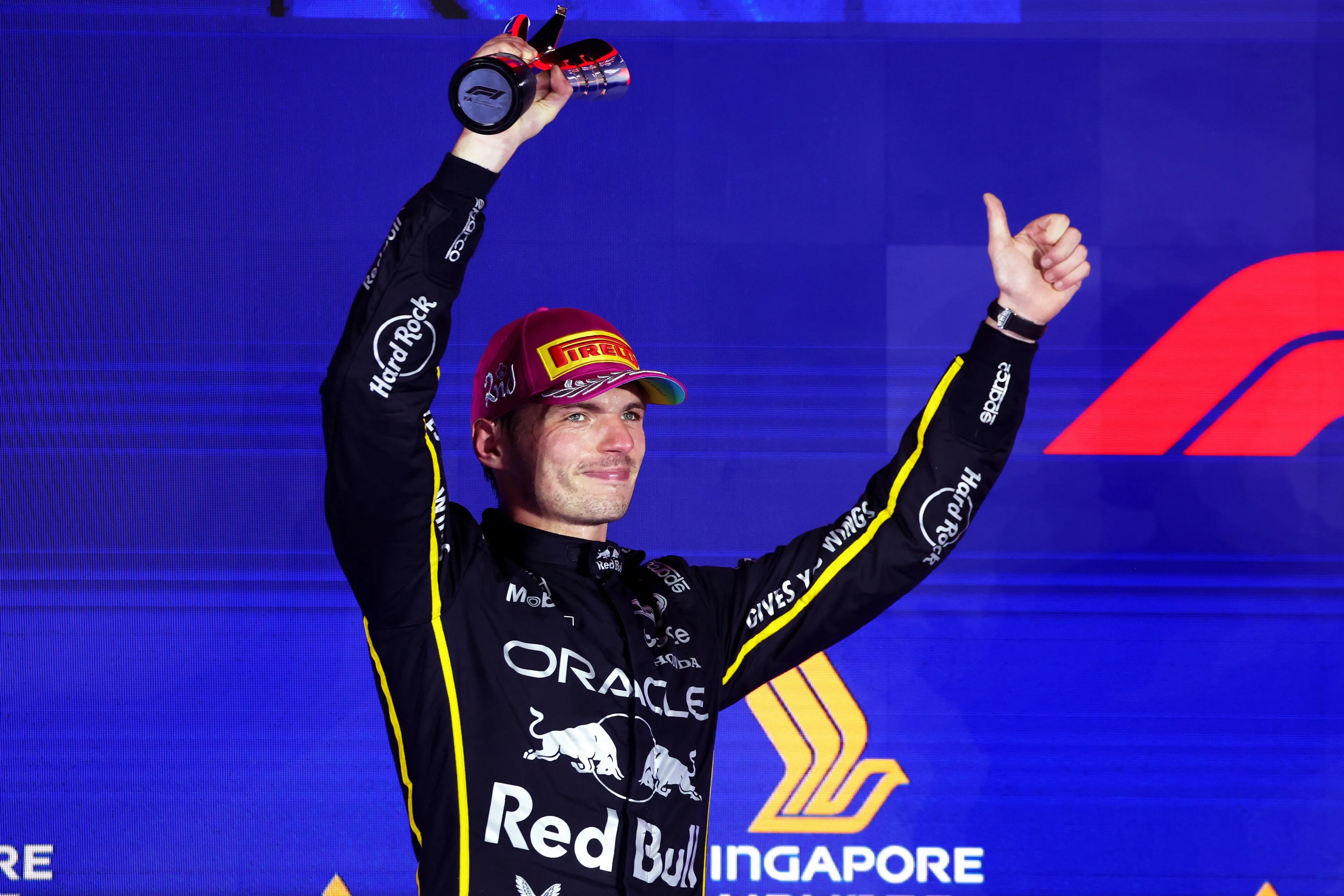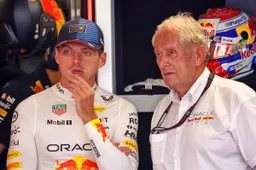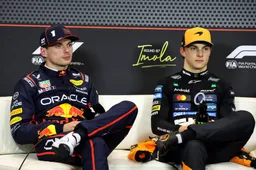A puzzled Toto Wolff has said Mercedes's lack of understanding about their high-temperature issues is "very strange".
Following the Spanish Grand Prix, the recurring problem cropped up once again, with the W16 not performing in high conditions to the level it does in cooler conditions, as George Russell finished P4 around the Circuit de Barcelona-Catalunya, while Kim Antonelli was forced to retire due to a reliability issue.
Since the introduction of the new ground effect rules in 2022, Mercedes' dominance from the hybrid has disappeared after their impressive stretch between 2014 and 2020. A recurring issue appears to be the overheating of the rear tyres, especially in warm conditions. In Barcelona, where the track temperature reached 50 degrees, Russell and Antonelli were off the pace of the leading group for the majority of the race.
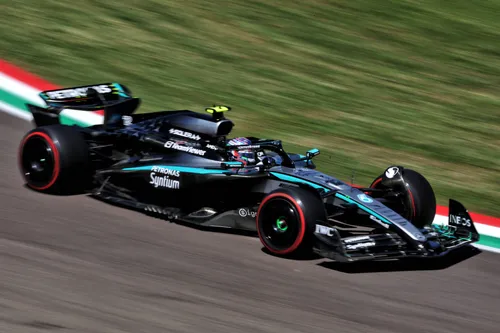
Kimi Antonelli has now had back-to-back DNFs after he retired from the Spanish Grand Prix last time out.
Wolff and Mercedes "don't understand the issues"
"It's just very odd," admitted Wolff while speaking to the Austrian broadcaster ORF.
“We’re a huge organisation with thousands of people, and still we can’t seem to understand how to keep a tyre in the right window when it’s hot. And when it’s cold, like in Las Vegas, when you need winter jackets, we’re super-quick.
“I think that, even though we're a large organisation with many scientists and engineers, sometimes you don't know why a car is doing something," continued Wolff, with an update to the rear wheel suspension tested in Imola not having the desired effect.
Read also
“I'm not sure McLaren knows exactly why they are so fast, because it comes down to just the marginal gains, and the detail, and just good engineering
How can Mercedes find its way back to the top? Wolff has an idea about that: "Maybe we need a few circuits in Greenland or Alaska," he jokes.
This article was written in collaboration with Mitchel van de Hoef
Read more about:
Popular on GPBlog

1
F1 LIVE | Marko officially leaves Red Bull, Mintzlaff 'deeply regrets' decision
2889 times read

2
2026 Pirelli tyres ditch wheel covers in fresh F1 design reveal
2842 times read

3
Norris's dad taunts Verstappen: 'You only remember the winner'
2347 times read

4
McLaren boss cuts in on Piastri's engineer team radio after Norris title win
1962 times read
Loading



